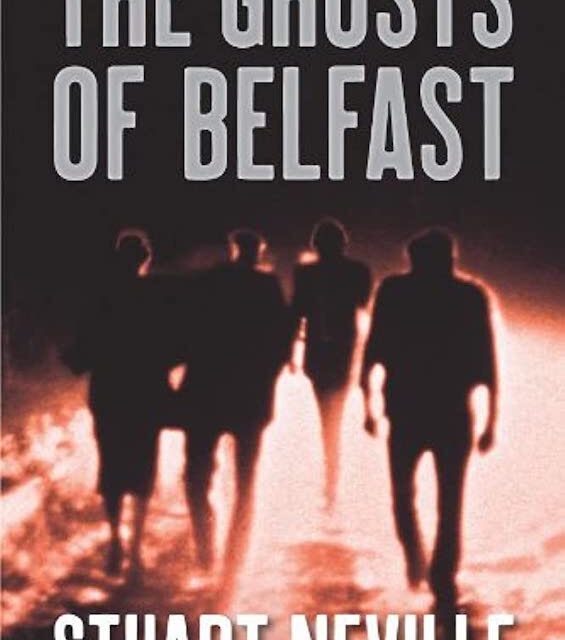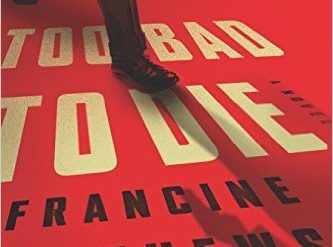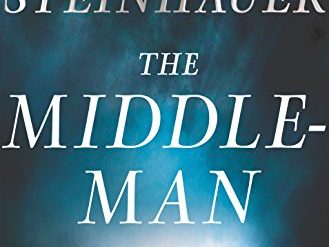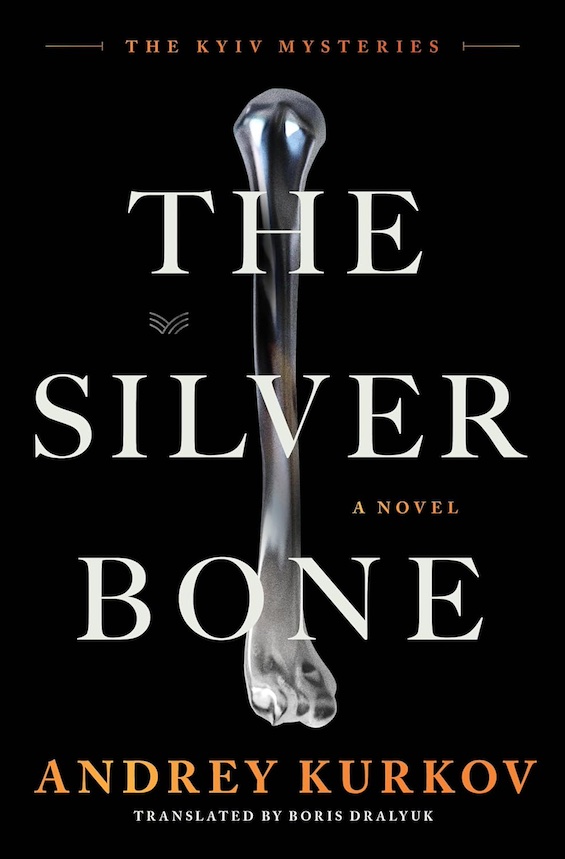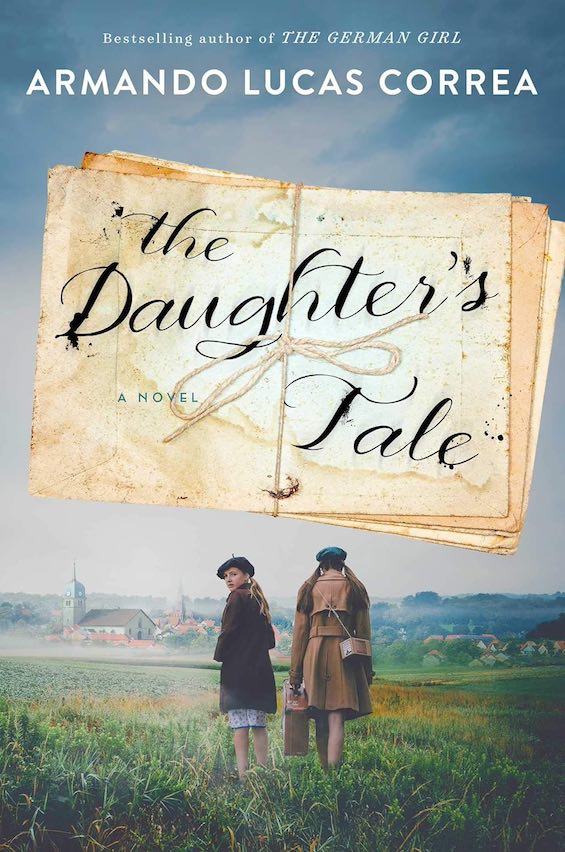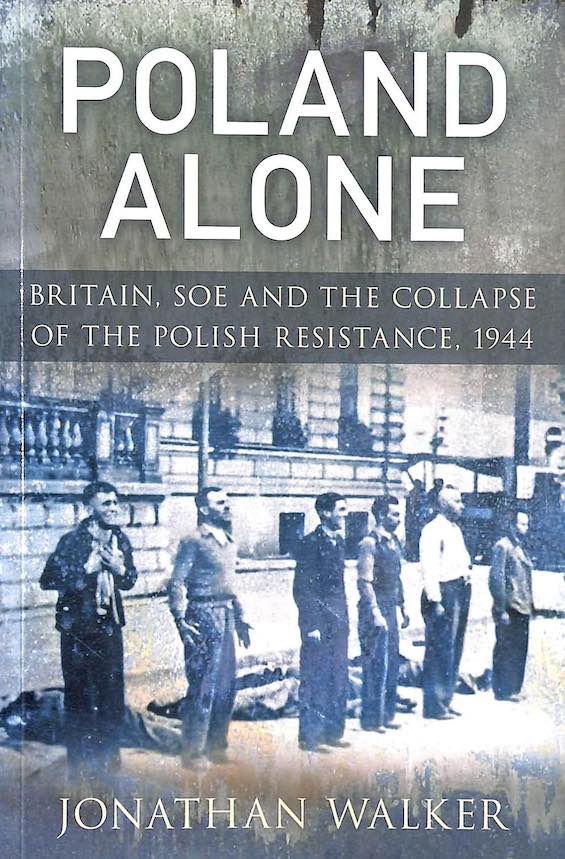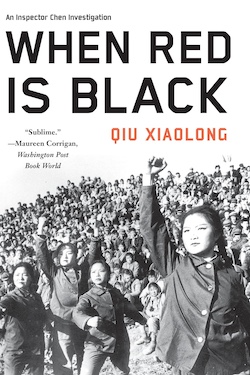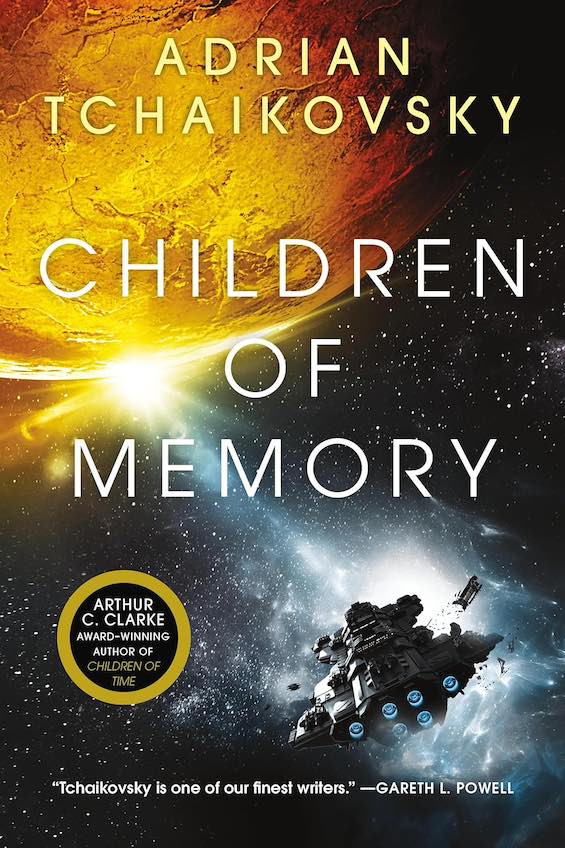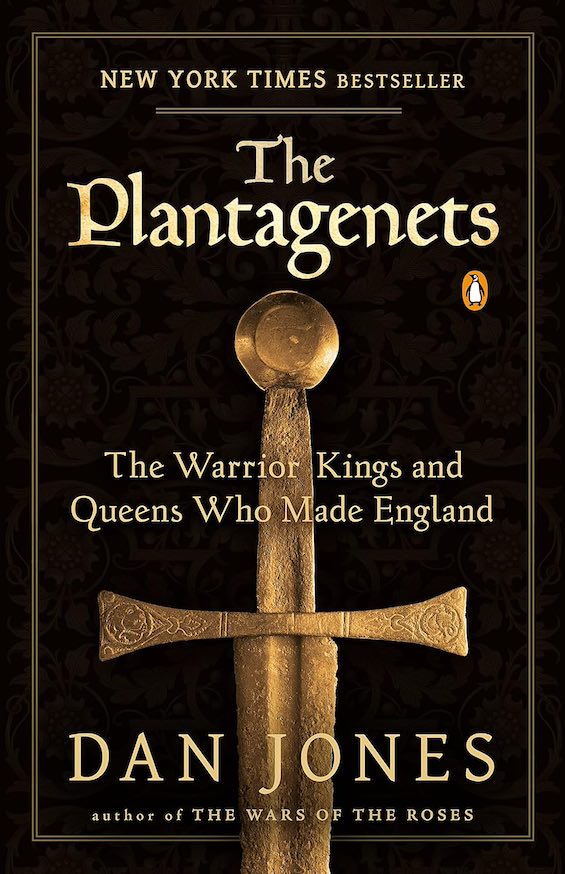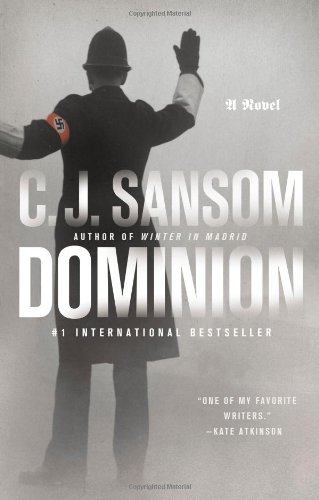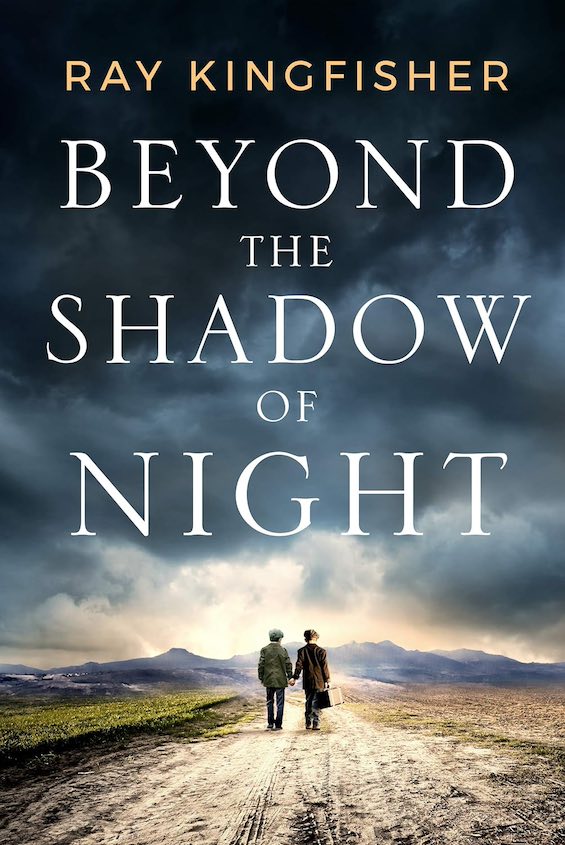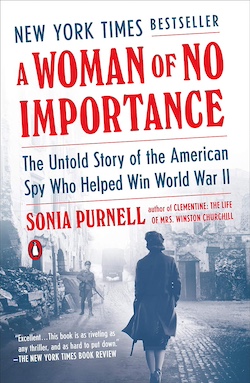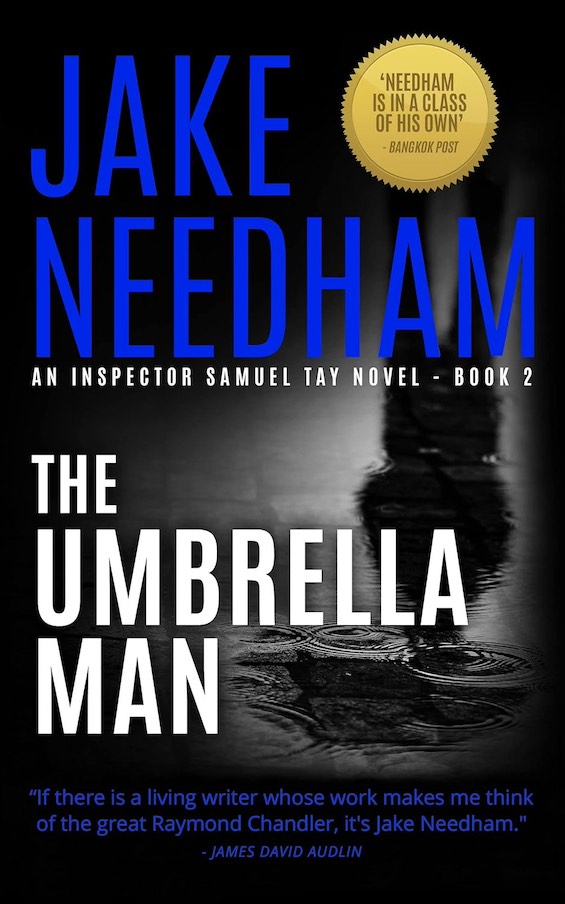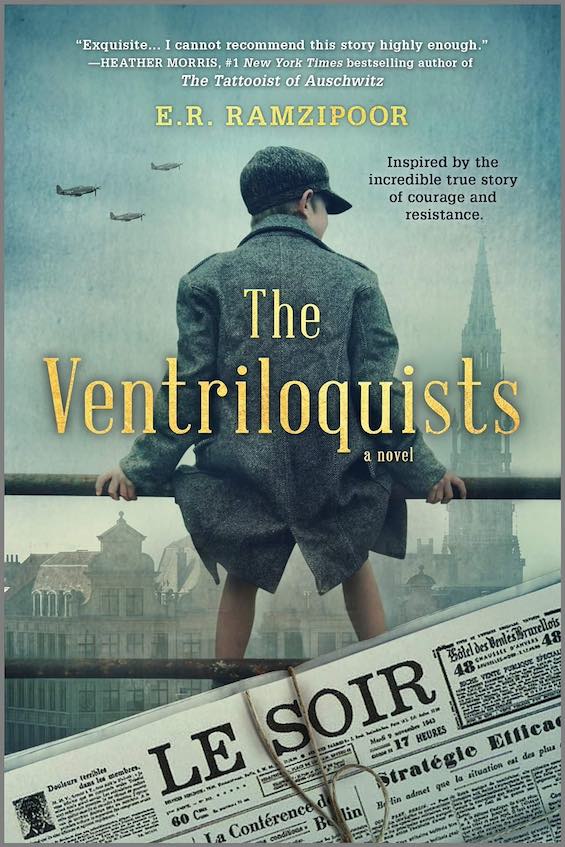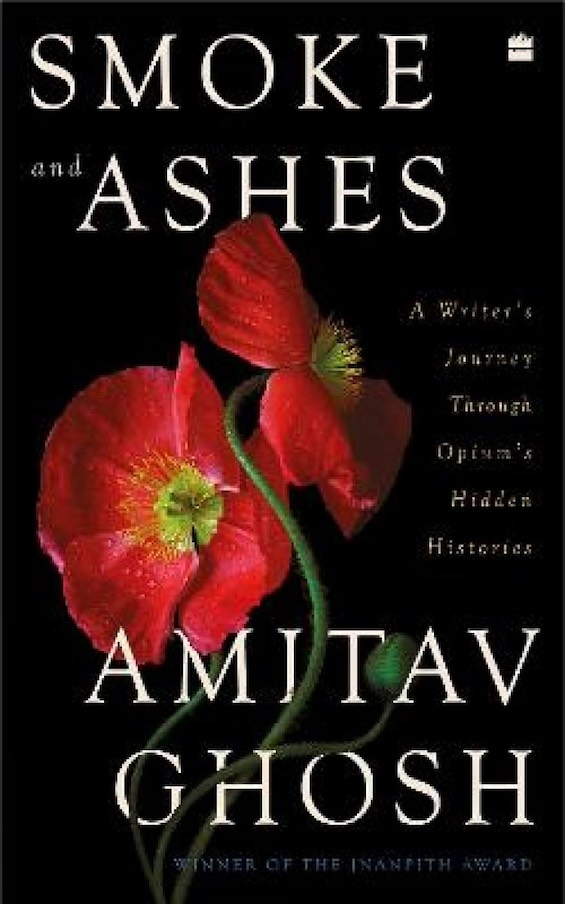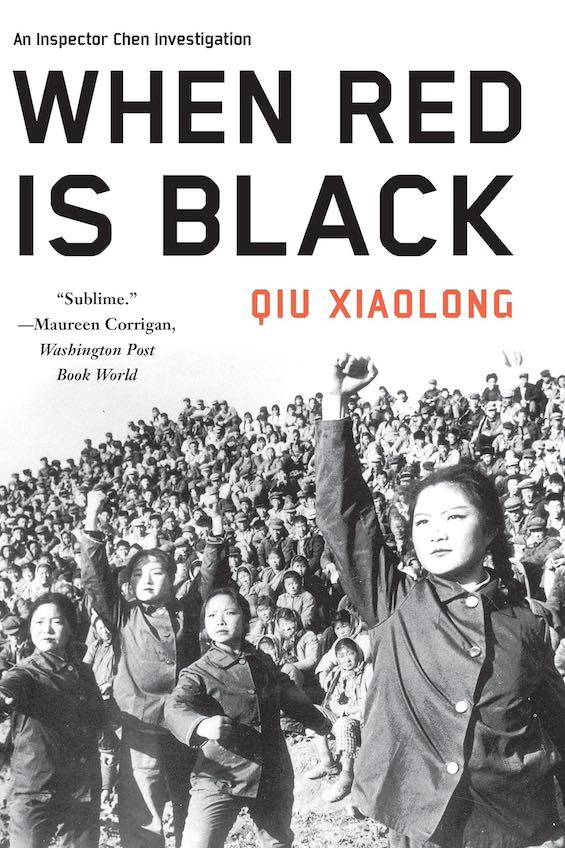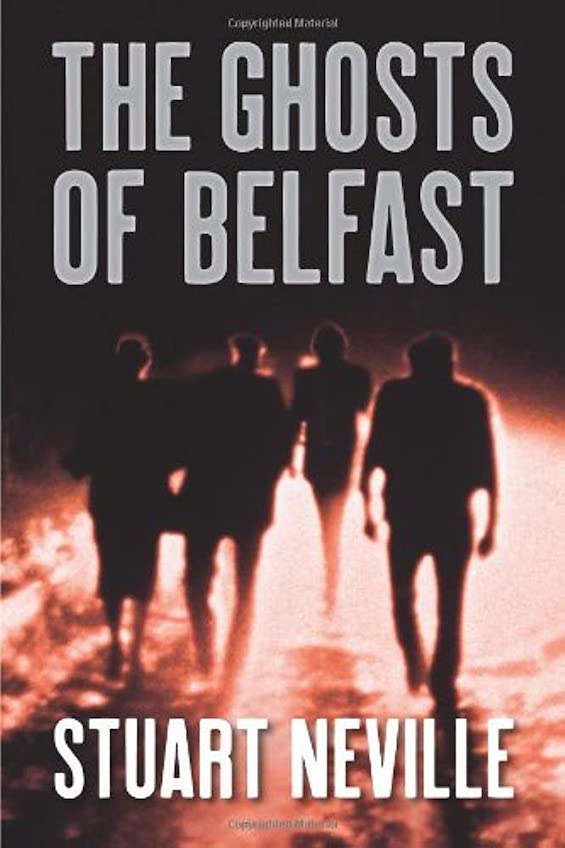
Estimated reading time: 4 minutes
You may never have read a murder mystery like Stuart Neville‘s The Ghosts of Belfast. For starters, it’s set in the context of war in Northern Ireland, when murder was endemic. The protagonist, Gerry Fegan, is a former hit man for the IRA. He was responsible for the deaths of twelve people (the “ghosts” of the title). And it’s never much of a mystery when he begins killing again. But the mystery lies deeper, somewhere in the vicinity of his stunted family life and the treacherous relationships among the others in his violence-prone faction.
As Fegan reflects, “You can’t choose where you belong, and where you don’t. But what if the place you don’t belong is the only place you have left?”
The civil war in Northern Ireland seems unending
The “detective,” Davy Campbell, Fegan’s antagonist, is a Scottish paramilitary officer who has lived underground with the IRA for many years. He’s a killer himself. The contest of wits and physical prowess between these two pawns in the grip of history unfolds against a background of political corruption and betrayal in Northern Ireland. And the action takes place following the Good Friday Agreement that laid to rest—presumably for all time—decades of inter-communal violence between Protestants and Catholics.
The Ghosts of Belfast (Belfast #1) by Stuart Neville (2009) 337 pages ★★★★★

The historical context
The Encyclopedia Britannica notes that the Troubles was the “violent sectarian conflict from about 1968 to 1998 in Northern Ireland between the overwhelmingly Protestant unionists (loyalists), who desired the province to remain part of the United Kingdom, and the overwhelmingly Roman Catholic nationalists (republicans), who wanted Northern Ireland to become part of the republic of Ireland.”
The conflict brought into the fray a bewildering variety of contending forces. The “peacekeepers” were the British army, the Royal Ulster Constabulary (RUC), and the Ulster Defence Regiment (later called the Royal Irish Regiment). Their avowed purpose was to interpose themselves between the nationalist Irish Republican Army (IRA) and the unionist paramilitary forces. The IRA viewed the conflict as a guerrilla war for national independence. And the unionists characterized the IRA’s aggression as terrorism. As Britannica observes, the Troubles were “marked by street fighting, sensational bombings, sniper attacks, roadblocks, and internment without trial.” Civil war raged for thirty years, leaving a legacy that sours relationships to this very day.
No one comes off well in this story
The Ghosts of Belfast is skillfully written. His characters are all believable, all the more so for their profound cynicism and greed for power and money. (To my mind, such greed is a principal reason for the long-lasting violence.) No one comes off well in this story of war in Northern Ireland, not Fegan and Campbell, and not the men who manipulate them. I suspect that anyone who witnesses sectarian violence first-hand anywhere in the world might feel the same about the central actors on both sides of the wars they observe.
About the author

As Stuart Neville notes on his author website, his “debut novel, The Ghosts of Belfast (published in the UK as The Twelve), won the Mystery/Thriller category of the Los Angeles Times Book Prize, and was picked as one of the top crime novels of 2009 by both the New York Times and the LA Times. He has been shortlisted for various awards, including the MWA Edgar and CWA Dagger . . . as well as the Irish Book Awards Crime Novel of the Year.”
Neville was born in 1972 in Northern Ireland and grew up there. He is the author of ten novels and two collections of short stories.
For related reading
This is one of 26 mysteries to keep you reading at night.
You might also enjoy my posts:
- Top 10 mystery and thriller series
- 20 excellent standalone mysteries and thrillers
- 30 outstanding detective series from around the world
- Top 20 suspenseful detective novels
- Top 10 historical mysteries and thrillers
And you can always find my most popular reviews, and the most recent ones, on the Home Page.

